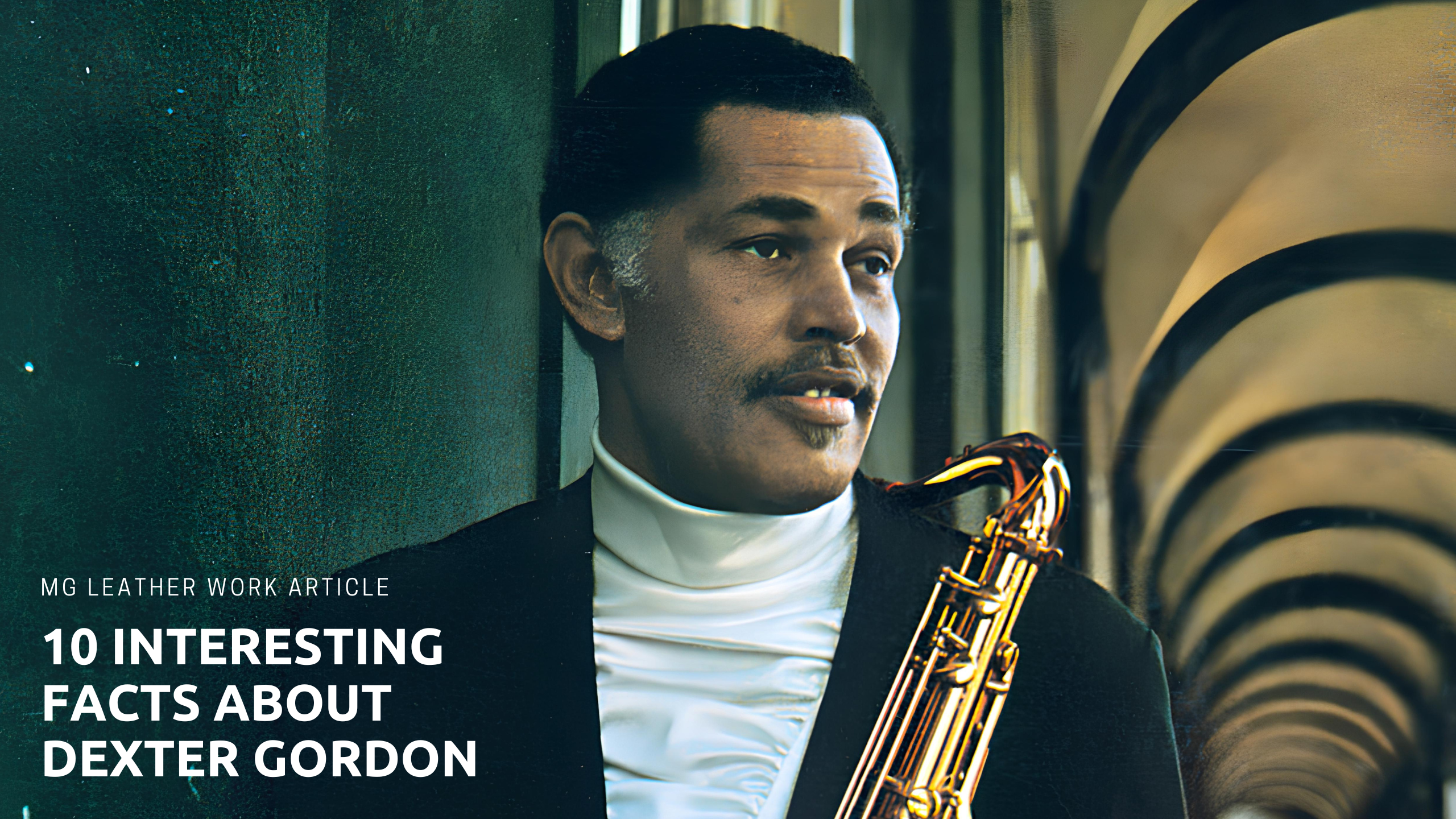
10 Interesting Facts about Dexter Gordon
- One of the Most Notable Tenor Saxophonists in Bebop. Dexter Gordon was one of the first tenor saxophonists to adapt the fast-tempo jazz style of the 1940s known as bebop.
- The Musician with Spacious Sound. Dexter Gordon’s saxophone sound was large, resonant, and spacious. He often played behind the beat. Some listeners compared his playing to framed pictures drawn with bold strokes.
- Major Influence on John Coltrane and Sonny Rollins. Dexter Gordon had a great musical impact on many saxophonists, including John Coltrane and Sonny Rollins, who admired his technical skills and soulful performance.
- Fourteen Years spent in Europe. In the early 1960s, Gordon lived in Paris and Copenhagen and actively performed with musicians who had emigrated from the USA as well as those visiting these cities. During these years, he earned a reputation as a notable figure in the European jazz scene.
- Actor’s Potential. Gordon starred in the movie Round Midnight (1986), where he played a fictional jazz musician whose image was based on the lives of Bud Powell and Lester Young. For his skillful acting, he was nominated for an Academy Award for Best Actor.
- The habit of Quoting Tunes. Dexter Gordon often inserted melodic quotes from popular songs or jazz standards into his improvisations. Both audiences and fellow musicians enjoyed this playful technique.
- Successful Collaboration with Blue Note Records. Gordon’s first album with the iconic Blue Note, Doin’ Allright (1961), is considered a classic, marking the start of a productive and beneficial relationship with the label that produced some of the most significant recordings.
- Saxophone Duels with Wardell Gray. In the late 1940s, Gordon was also associated with saxophone duels with Wardell Gray. Both musicians were considered bebop tenor saxophone kings. Their live-album The Chase became a legendary masterpiece.
- Productive Creative Life in the U.S. in the 1970s. Dexter Gordon returned to the U.S. in the mid-1970s, spent over a decade in Europe. His double live LP Homecoming: Live at the Village Vanguard, released in 1976, was dedicated to his return to America and his re-engagement with the American jazz scene.
- Dexter Gordon Biography. Today, fans of Gordon and his big sound can learn more about him through the award-winning book called Sophisticated Giant: The Legacy of Dexter Gordon, available in English, Italian, French and Spanish.




 https://mgleatherwork.com/pages/about-us
https://mgleatherwork.com/pages/about-us
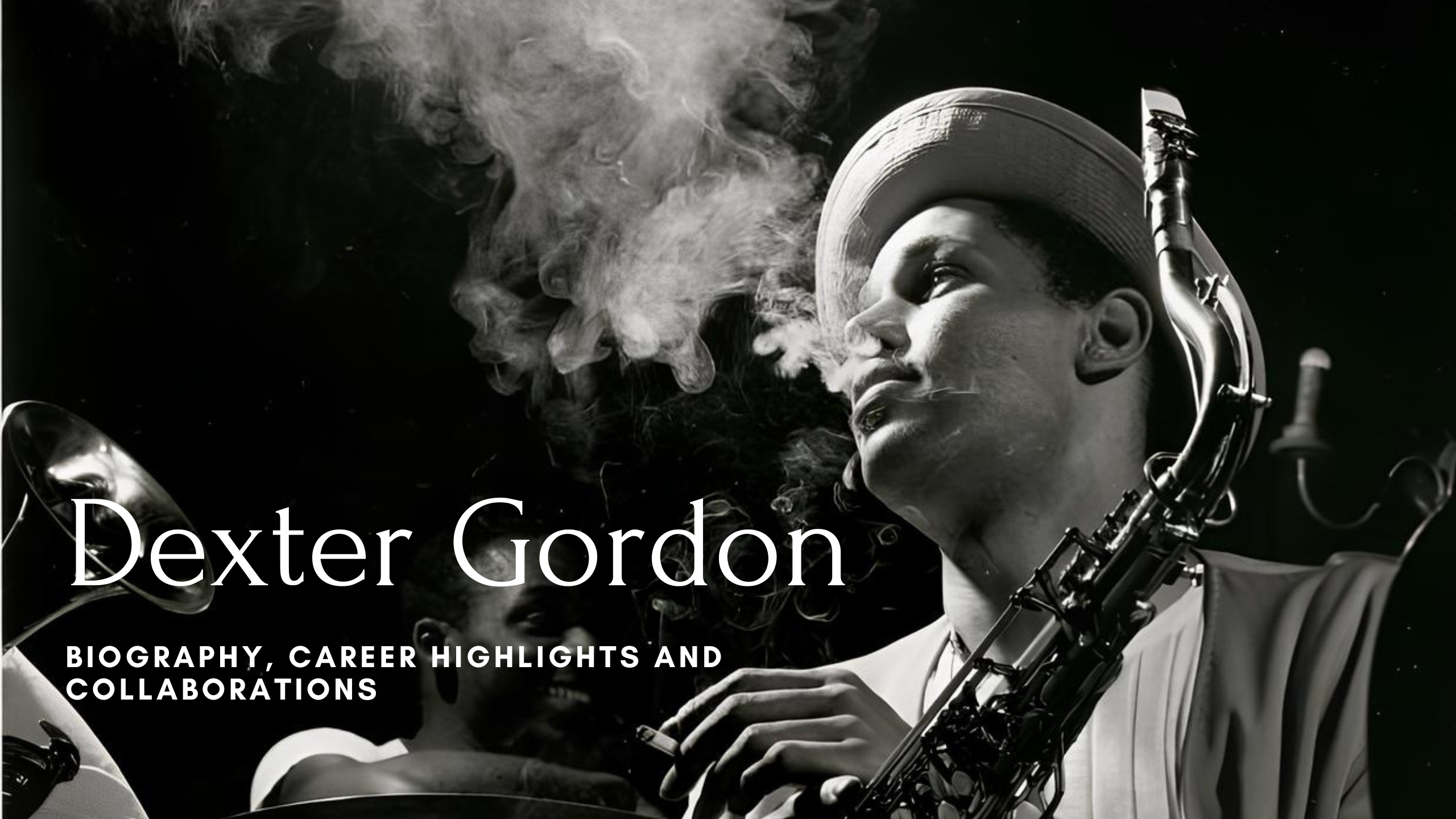
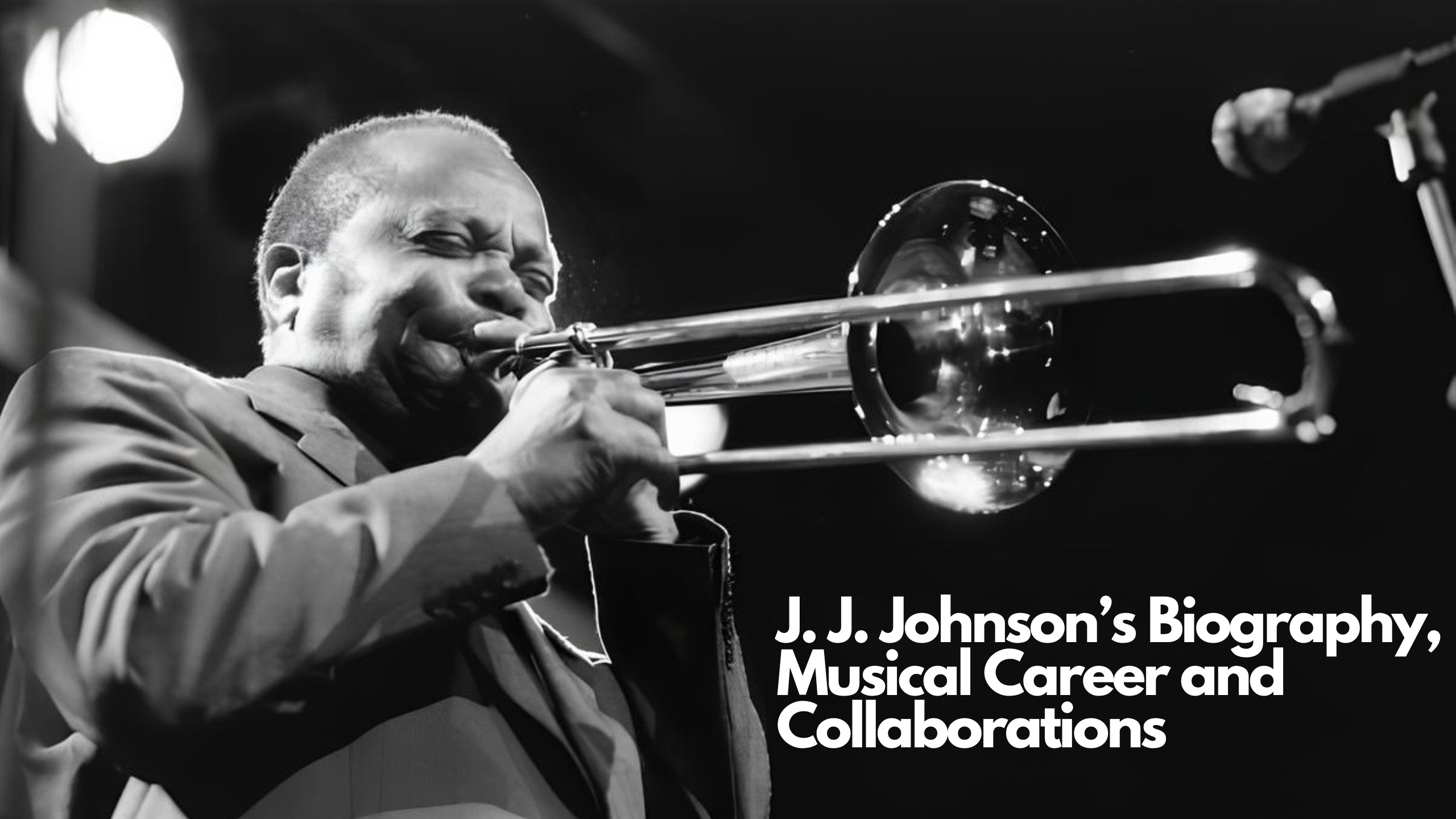

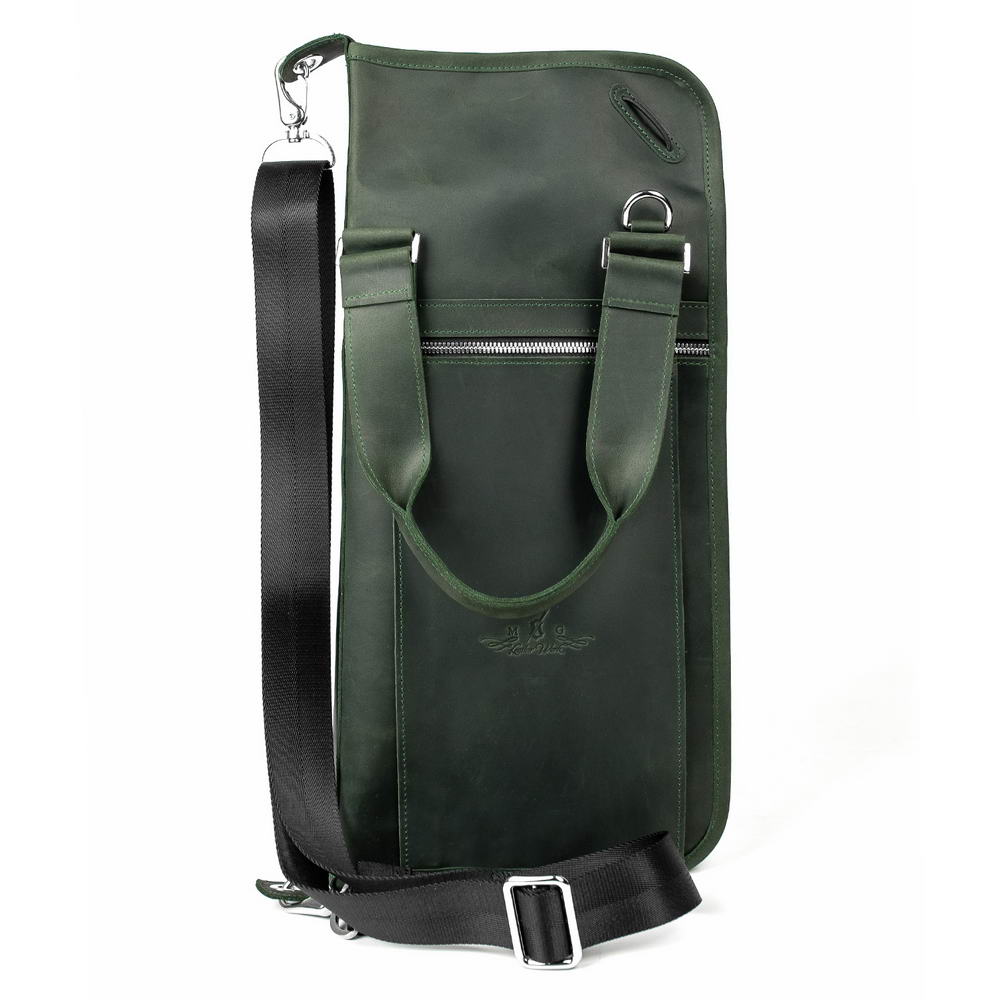
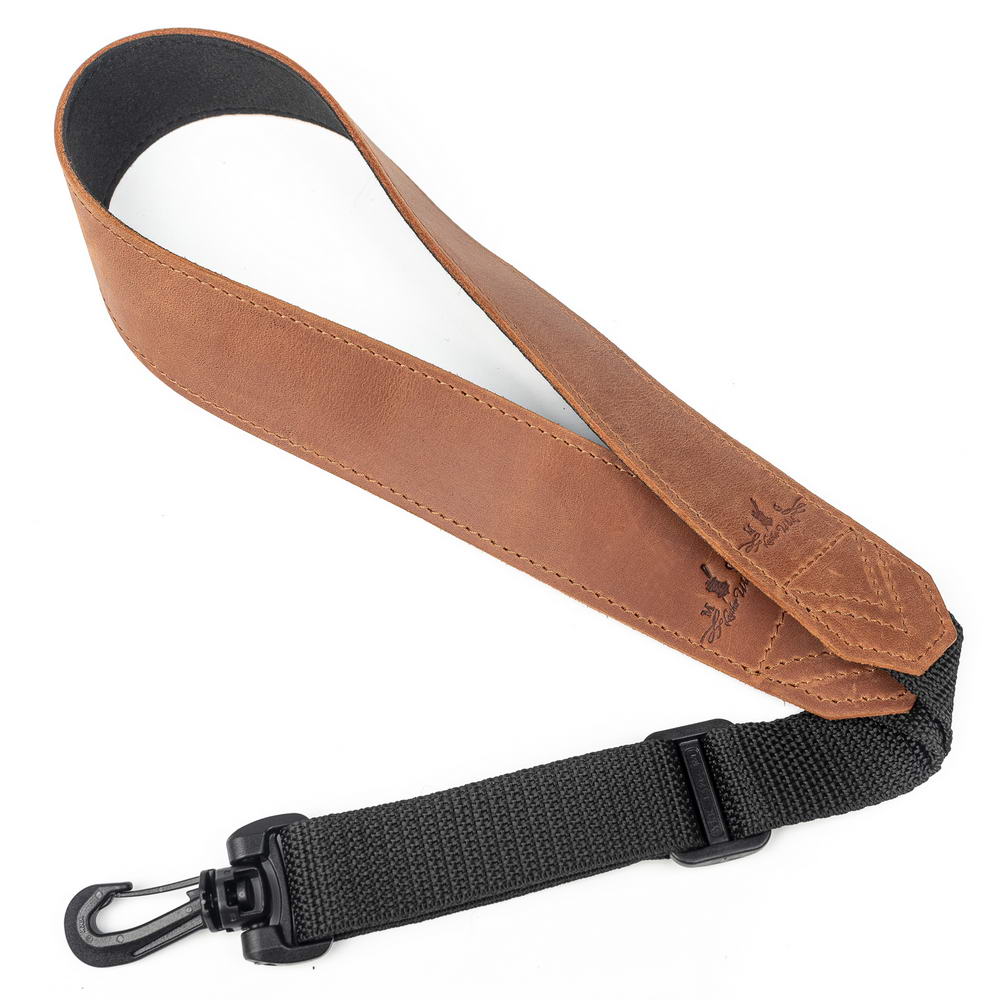
3 comments
One very surprising thing about Dexter had nothing to do with his brilliant tenor playing. He is the godfather of Mattalica’s drummer Lars Ulrich. His parents were close to Dexter. I wonder if Lars checked out and Philly Joe or Al Harewood from Dexters records?
Mike Melito
My uncle was a tenor sax man and the same age as Dexter. I’m pretty sure when he heard Dexter he was seated towards the Bebop approach. The swing masters of the 30s Hawkins, Young, Berry and Webster were prominent in all the Jazz tenor language before that. Charlie Parker listened to them more than alto sax players. The tenor is closest to the human voice. The 50s were not mentioned as unproductive.
Kevin Hurst
Good info about Dexter Gordon.
Marc. Bax
Leave a comment
This site is protected by hCaptcha and the hCaptcha Privacy Policy and Terms of Service apply.